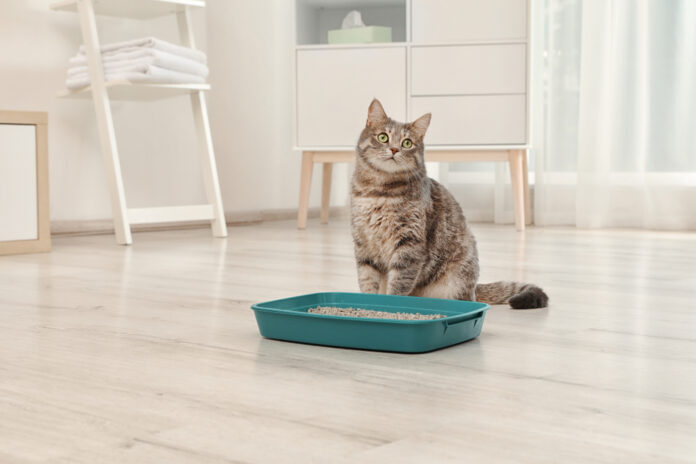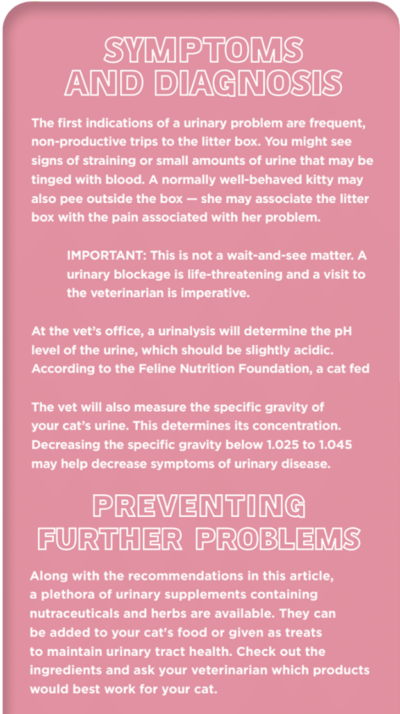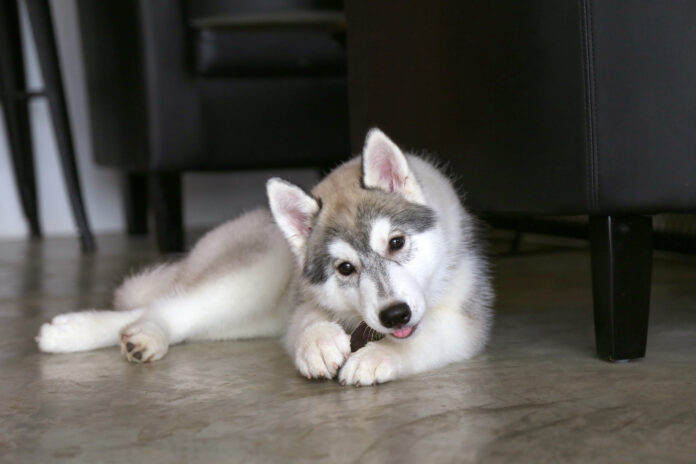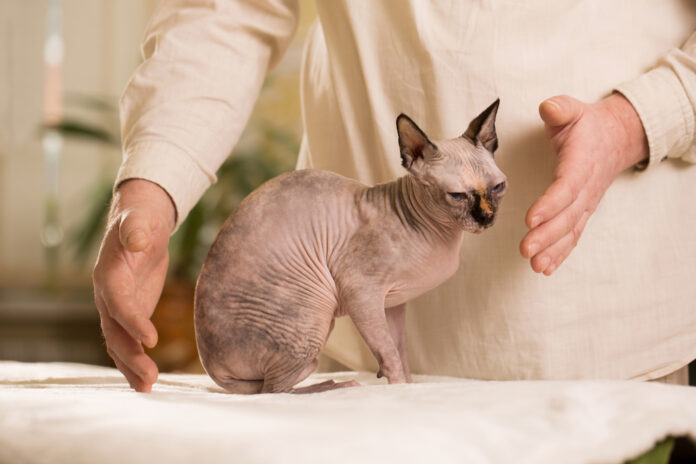Urinary Tract Disease and Your Cat

One of the most common health problems to afflict cats is lower urinary tract disease. Understanding the various causes and symptoms are key to ensuring prompt treatment.
Our feline companions are prone to lower urinary tract problems. There are a number of reasons for this, some of which can be addressed by making a few lifestyle changes. It’s important to have an understanding of why and how urinary tract problems manifest, and what the signs and symptoms are.
Urinary tract infections (UTIs) can be obstructive or non-obstructive. In the former case, the obstructions (urolithiasis) come in the form of calcium oxalate stones and struvite crystals.
Due to their narrow urethras, males are more susceptible to calcium oxalate stones, which may require surgical removal.
In chronic cases, perineal urethrostomy surgery may be needed as a last resort; this involves shortening the urethra to allow for better urine flow. Females are more likely to have struvite crystals, which can be dissolved by diet.
Urethral plugs are solid, soft masses composed of crystals, mucous protein and cellular debris, which can result from chronic inflammation.
What Causes Urinary Tract Disease?
The causes of urinary problems in cats are as varied as the methods of treatment, and can be either medical or behavioral. In some cases, a specific cause may not be found, and the issue is referred to as “feline idiopathic cystitis”.
Stress is often a big culprit in the development of urinary tract issues. A detailed study called it the “Pandora Syndrome,” pointing to a variety of non-medical factors such as the lack of stimulation and exercise found in indoor-only cats; excess body weight; genetic predisposition; and interactions with other cats in the household.
Lack of dietary moisture is another main cause. Cats that eat poor quality dry foods are more susceptible to urinary tract issues, especially as felines don’t normally drink a lot of water. According to veterinarian Dr. Jean Hofve, dry foods “contribute to overall dehydration and high urine concentration. Cats with lower urinary tract symptoms should not be fed any dry food at all.” She adds that canned, raw, or homemade foods help keep the urine dilute, which minimizes irritation and lowers the risk of crystal or stone formation. “It’s also best to feed in timed meals rather than leaving food available 24/7.”
Poor litter box set-up is another potential cause of urinary problems, according to feline behaviorist, Amanda Caron. Incorrect placement, the wrong type of box, and not enough boxes for the number of cats in the household are all factors to consider. Consistency, cleanliness, litter preference — and patience — are key to a successful resolution, Amanda says.
Treating Urinary Tract Problems
A blockage is often resolved by catheterization and fluids, but that’s just the beginning. Treatment also often involves the use of anti-inflammatories, whether conventional or herbal and nutritional. Steroids may be used in cases of severe inflammation, along with urinary acidifiers, although both should only be used short term. The use of antibiotics has fallen out of favor among experts, says Dr. Hofve.
“Antioxidant vitamins such as C and E, which are also helpful in times of stress, are indicated,” she says, adding that the vitamin C should be in the form of sodium ascorbate or Ester-C, and vitamin E in dl-alpha tocopherol form, not d-alpha tocopherol, which is synthetic). “Other antioxidants…may also be helpful, because of their anti-inflammatory action. Herbs such as slippery elm, horsetail, and couch grass have helped some cats. Many cats have done well with co-enzyme Q10, which prevents inflammation at the cellular level.” Other alternative therapies that help bring the cat’s body back into balance may include acupuncture, homeopathy, and Chinese herbs.
Diet is also very important. Look into high quality canned foods or a raw or homemade diet, and offer plenty of fresh, pure water. If your cat doesn’t drink enough, consider investing in a pet fountain — cats are often drawn to running water.
Dr. Hofve stresses the importance of play therapy. “A bored cat can easily become a stressed cat,” she writes on her website. “Exercise is a good way to reduce stress as well as weight, given that a large percentage of cats with LUTS [lower urinary tract symptoms] are overweight.”
The big take-away here is that cats never avoid the litter box out of spite. If your cat has started eliminating inappropriately, your job is to figure out whether it’s a physical or behavioral problem, or both. If you suspect a urinary tract issue, schedule an immediate visit with your veterinarian.




